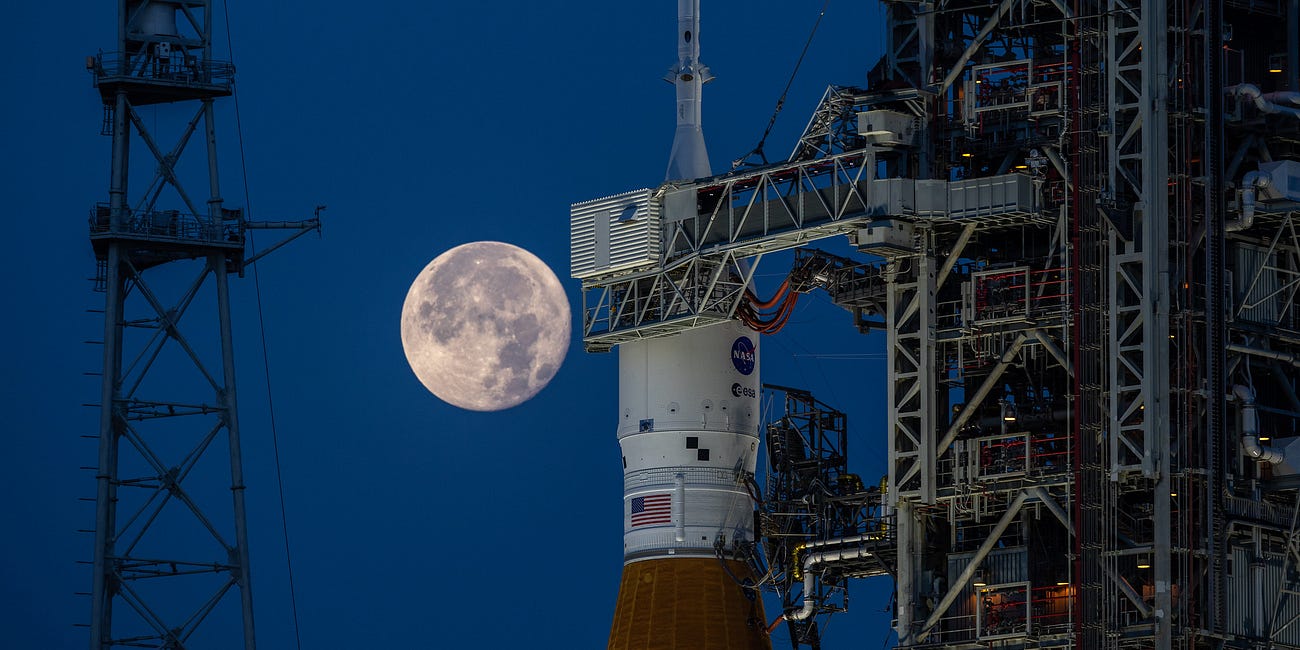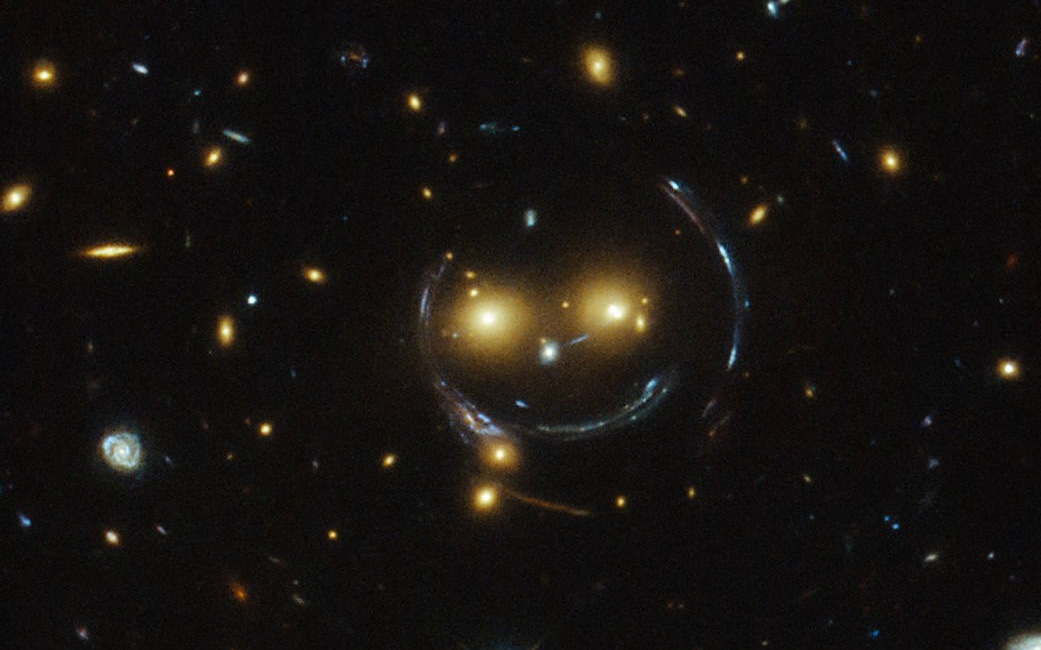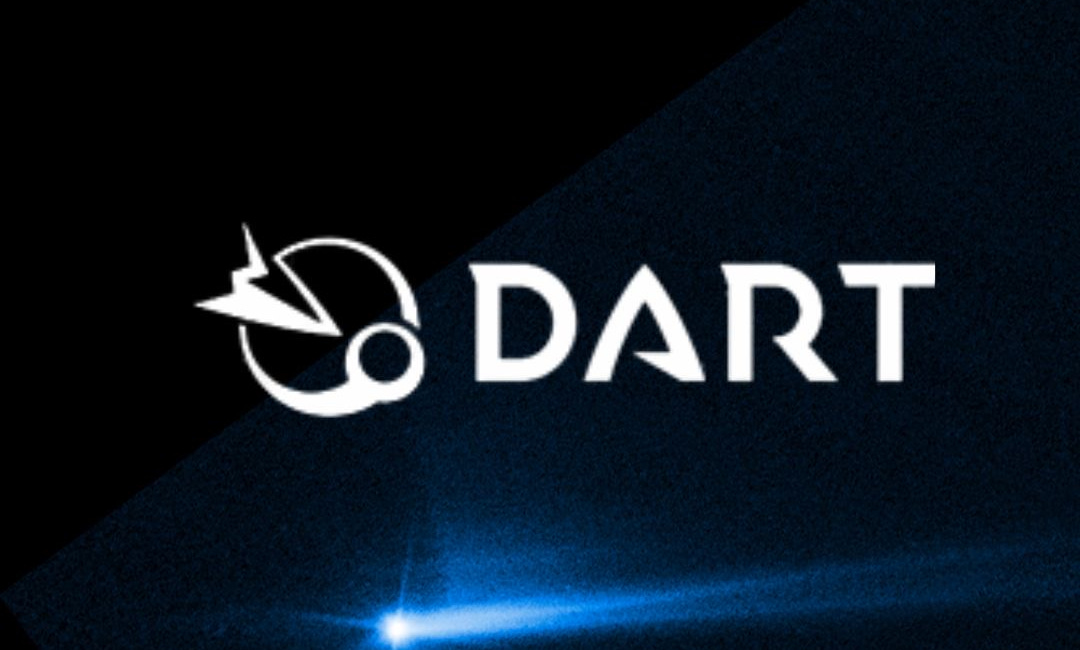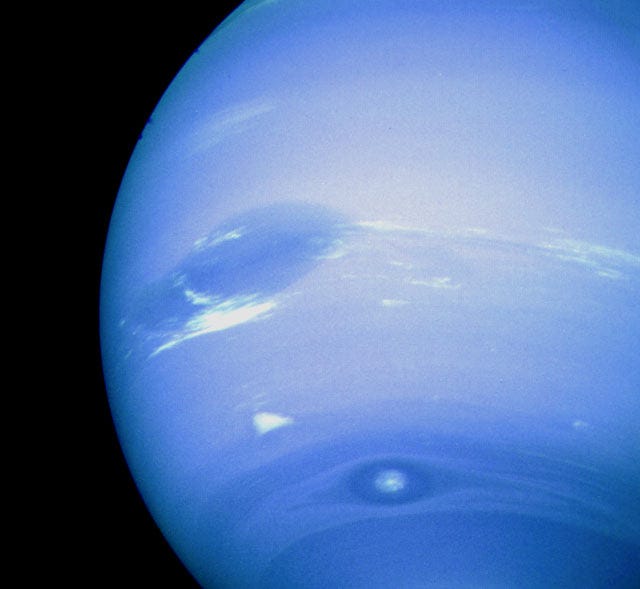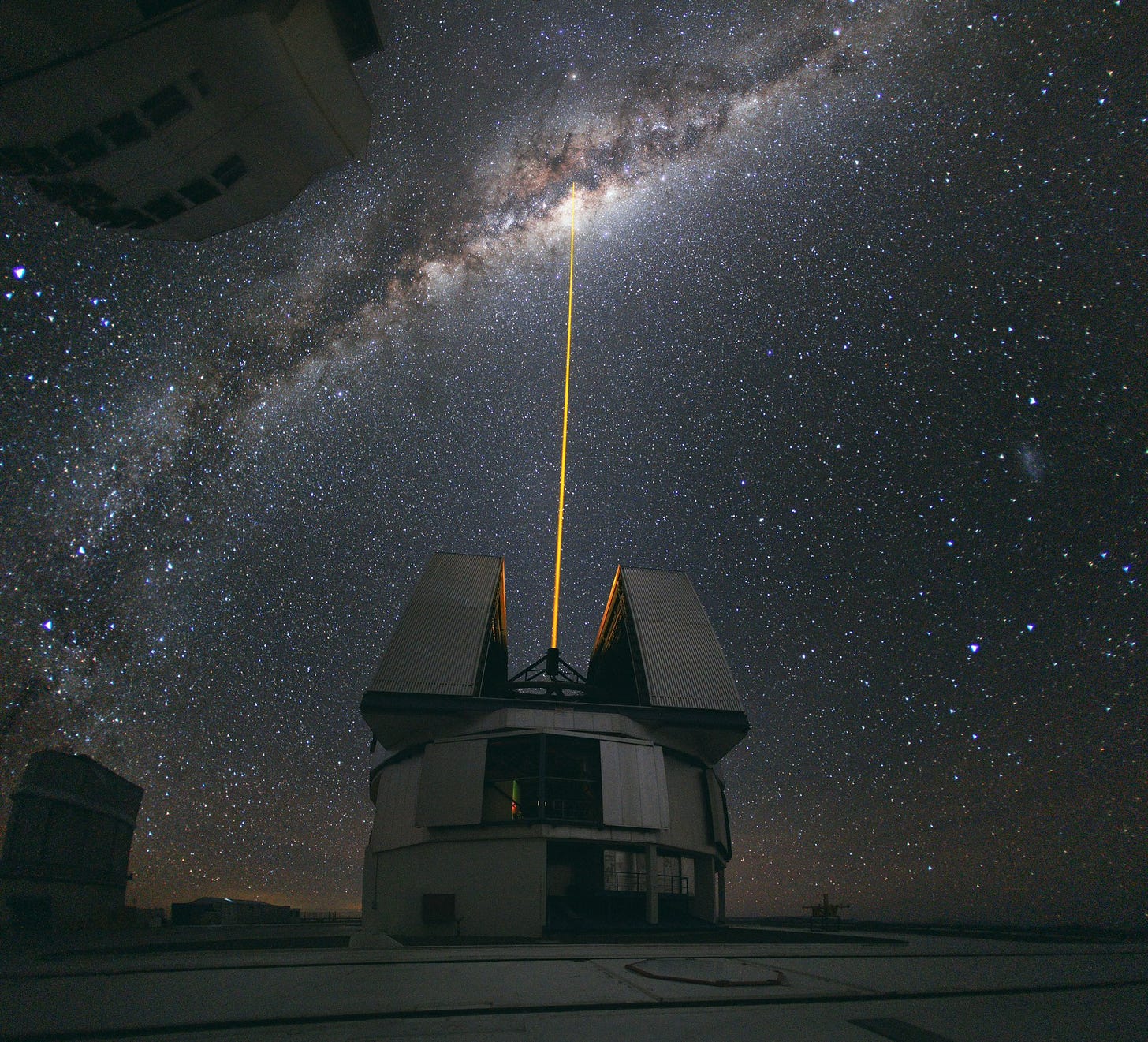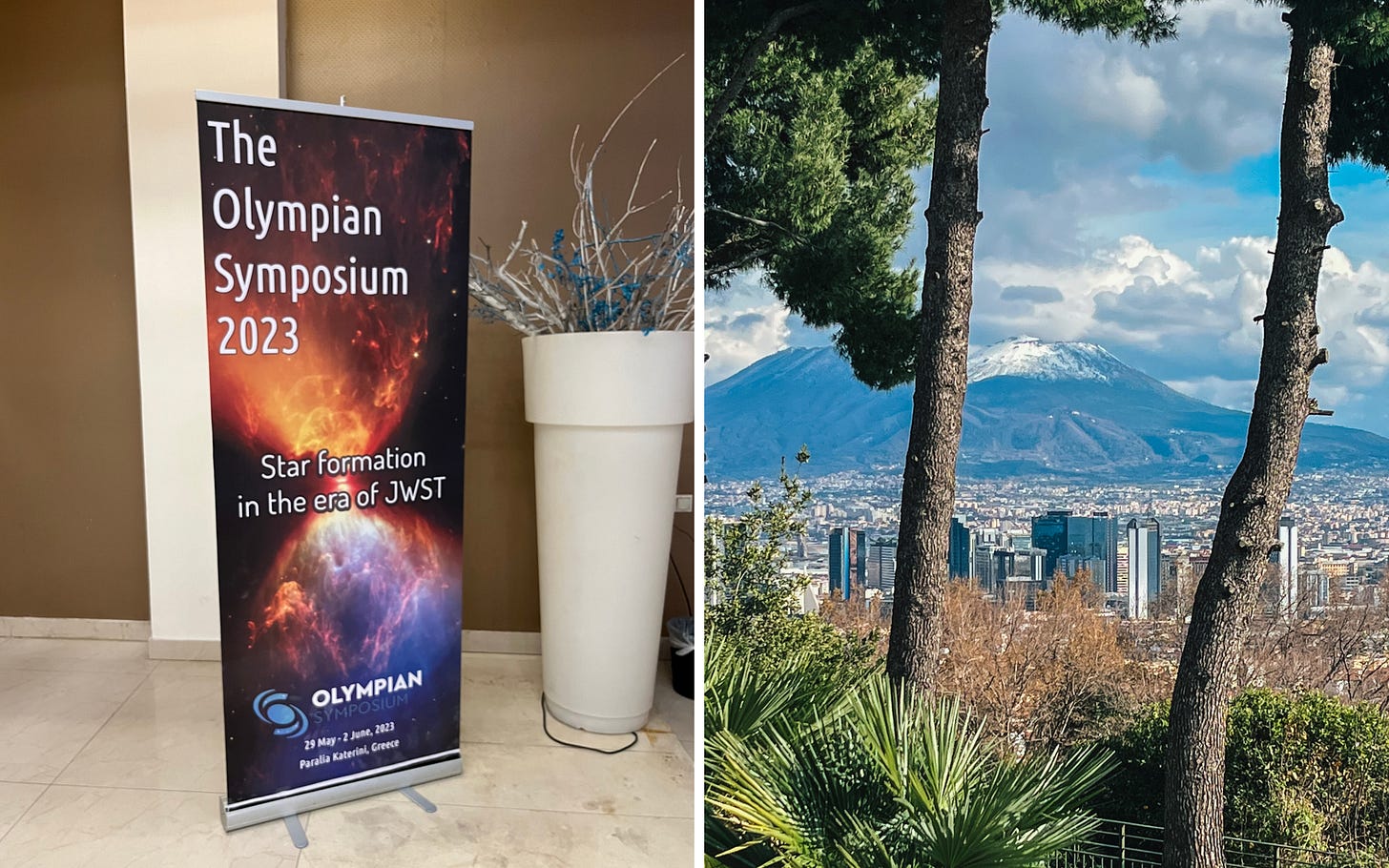Kosmosest: A Recap
Hello, I hope you’ve had a great start to September!
Fall is a reflective time for me, because that's always been the start of new degrees or positions (I assume for many readers as well). This year, Sept. 1st marked one year of PhD research at the European Southern Observatory, and you’ll find a brief overview at the end of today’s newsletter issue.
I find this also a fitting time to revisit some of the topics covered in the newsletters so far. Let’s take a look.
◦ ◦ ◦
The first newsletter ⤵️
Telltale signatures of newborn stars ⤵️
KOSMOSEST #2: The Birthplaces of New Stars
An explanation of bright red, lava-like areas in the majestic star forming pillars, the “Pillars of Creation” in the Eagle Nebula. I also shared the acceptance of my first proposal for telescope time.
The Artemis mission reviving human lunar exploration ⤵️
KOSMOSEST #3: Ad Lunam
Nov. 16, 2022, marked the successful launch of the Artemis I mission—a test run in a series of missions that aim to land humans on the Moon again. Quick facts about the NASA Space Launch System (SLS) rocket and the Orion spacecraft beyond the Moon and back.
Gravitational lensing ⤵️
KOSMOSEST #5: Gravitational Lensing or Mirage in the Universe
An overview of gravitational lensing, an effect that allows astronomers reveal distant objects.
"Just as a wanderer in the desert can experience mirages, ... we may also see mirages in the Universe."
The mission that changed the path of an asteroid ⤵️
Kosmosest Newsletter #9: How To Redirect an Asteroid?
A quick overview of the space mission (DART) that changed the orbit of a space rock, and a look into such techniques.
Gravitational waves ⤵️
Kosmosest #13: The First 'Bass Notes' of Merging Supermassive Black Holes
In June 2023, the astronomy community was buzzing with news of great, great scale: the motion of everything in the universe.
A decades-long search led to the first findings of a low-frequency, background hum likely created by slowly merging pairs of ancient supermassive black holes.
The resulting space-time ripples are called low-frequency gravitational waves.
Kosmosest #15: An Interstellar Voyage
Issue on the Voyager spacecraft.
August 20, 1977. The first of the twin Voyager spacecraft launched to space with a unique mission.
PhD: Year 1
Coming back from the newsletter overview to my own research, here are a few highlights:
My first proposal for telescope time was accepted. This proposal came together with the input from my advisor and collaborators, and allowed us to acquire observations with a brand new instrument on the VLT, Very Large Telescope.
I attended workshops and gave presentations in Naples and Milan.
I presented a poster in Greece, at the conference “Star Formation in the Era of J. W. Space Telescope” and learned about star formation at a large cosmic scale.
I have learned a lot about protoplanetary disks, especially the cases when they are in the vicinity of massive stars, which irradiate them (my focus).
I have made monthly summaries of year 1 on Instagram (account needed for viewing).
Most importantly, I’m part of a great team.
Thanks for reading!
—MLA




